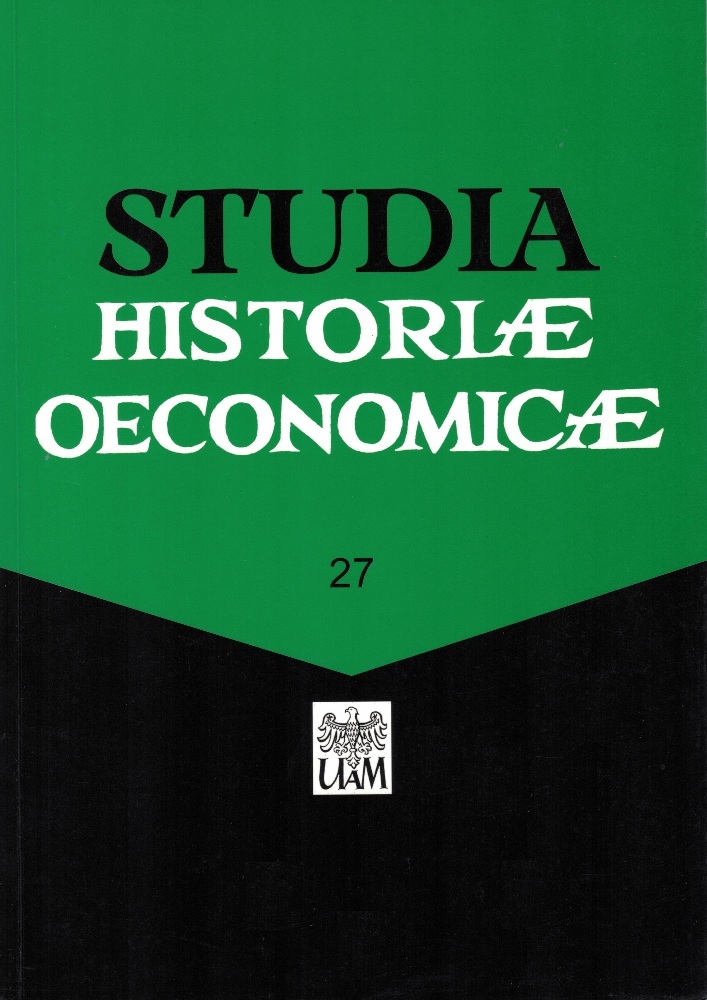Abstract
Until the end of 1923, the economic and social life in Poland was strongly influenced by inflation. Its origin was mainly in the excessive issuing of money for the purposes of the state budget. This problem was connected with the growing state participation in the National Bank. The young Polish state was forced to make a significant part of the investment expenditure; it also had to influence employment, because the left-wing parties exerted pressure in this regard. The state took on the burden of maintaining a growing non-productive sector and, for political reasons, maintained a large army. It therefore became an increasingly powerful economic agent, including investor and consumer.
License
Copyright (c) 2009 Kazimierz Badziak

This work is licensed under a Creative Commons Attribution-ShareAlike 4.0 International License.




